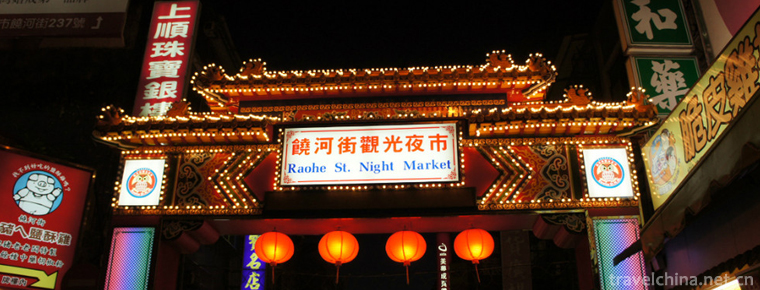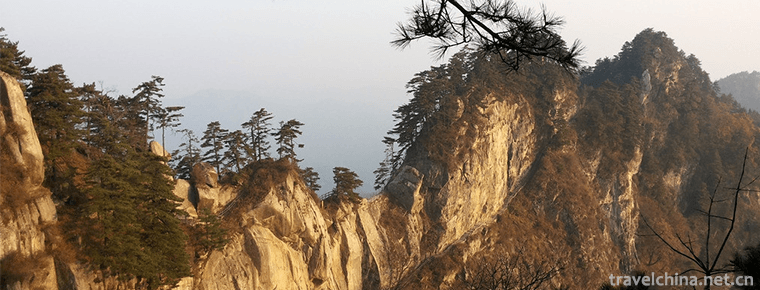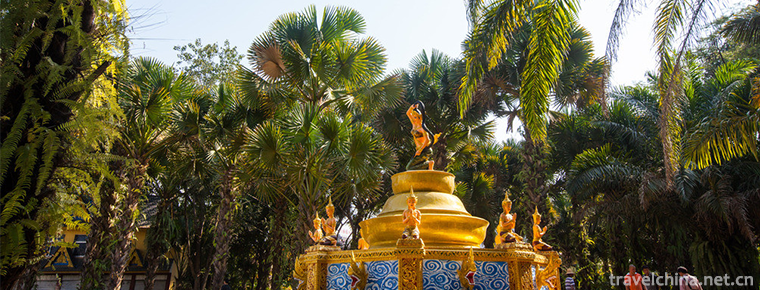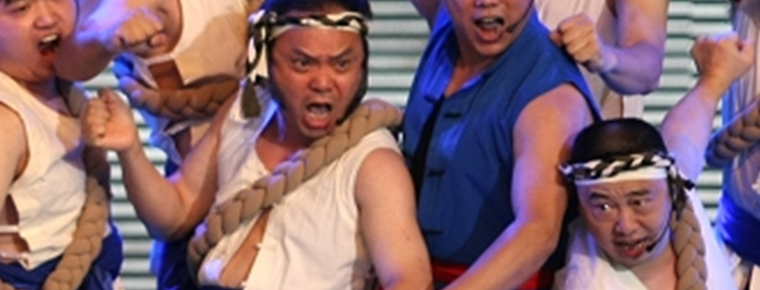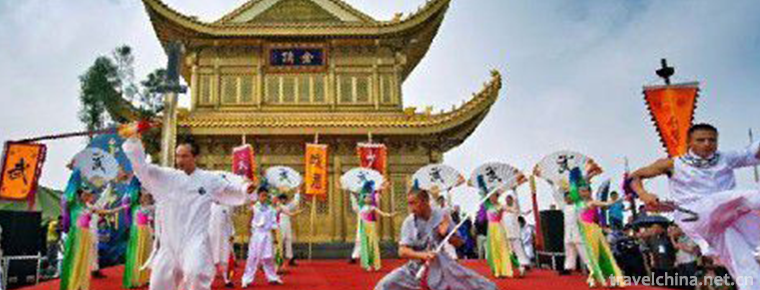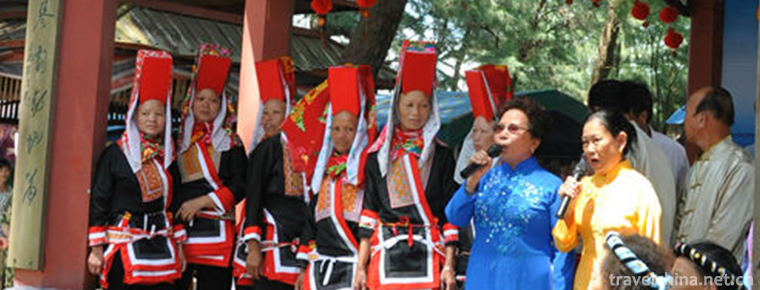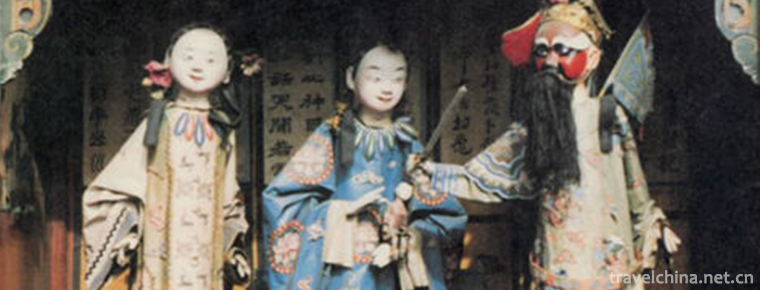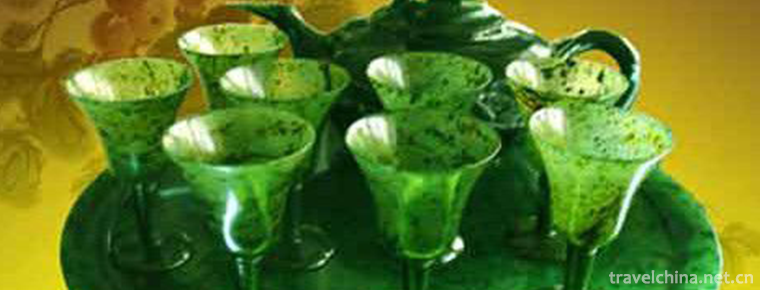Silk Bamboo in Yichang
Silk Bamboo in Yichang
Yichang silk bamboo, also known as "fine music", is the representative genre of folk instrumental music art in Yichang. It is mainly popular in Yaqueling and Longquan of Yiling District, and centered on Yaqueling, radiating adjacent counties and cities such as Zhijiang, Zhicheng and Dangyang.
Yichang silk-bamboo is the only instrumental music category unique to Yichang in the classification of folk instrumental music in Hubei Province. It is an instrumental art variety composed of "silk-bamboo" as the main instrument and percussion music. Therefore, Yichang silk-bamboo is also known as "fine music", which is popular in the eastern part of Yichang and most prosperous in the Yaqueling area of Yichang. It has more than 60 music classes and 700 music classes. People.
Yichang fine music is widely used in various red occasions such as folk festivals and grand ceremonies for its delicate, tactful, auspicious and elegant performance effect.
historical origin
Silk bamboo in Yichang is an ancient traditional folk music played by silk strings and bamboo pipes, which is popular in Yaqueling Town, Yiling District, Yichang City. It has a history of more than 2000 years.
Folk artists must read "Notes to Rites and Music" describes: "Since the three emperors and five emperors have their own music, to recommend ancestors to the temple, to enjoy the gods and ghosts, for the court to honor the prestige, to feast wine and guests, so-called ritual and music also." From this point of view, "Yichang Silk Bamboo" belongs to Chinese traditional ritual music.
Music is divided into "big music" and "fine music".
Dayue is mainly played by blowing, and the instruments are usually trumpets, suonas, drums, gongs, cymbals and hairpins. Fine music is mainly composed of silk strings and bamboo pipes. The instruments played are usually erhu, Qin qin, flute, Xiao and sheng. That is what we call silk bamboo in Yichang.
Silk bamboo in Yichang has a long history and profound cultural tradition. It has been inherited for nearly 200 years and has gone through seven generations of musicians. When Ouyang Xiu was appointed to Yiling County in the Northern Song Dynasty, he described the local folkways and customs as "the temporary closure of the Fish and Salt Dynasty in Lashi City and the endless growth of the Xiaogu Temple". Su Shi, a famous writer, also left a poem "pedestrians in front of the temple worship and dance, and beat the drum and slaughter the white sheep". According to the Qing Dynasty "Donghu County Chronicle" (today's Yiling District), Yichang custom generally in "Lantern Festival Lantern... Guyue Shengxiao, traveling all over the streets.
artistic characteristics
Phase harmony of silk and bamboo
"Silk" and "bamboo" are two types of "eight-tone" instrument classification in Zhou Dynasty. Silk refers to stringed instruments, while bamboo refers to bamboo wind instruments. Silk and bamboo music refers to the use of bamboo blowing instruments and string instruments ensemble, playing a meticulous style, more beautiful Lyric performance, lively interest. Such as "Three Six" and "Street" by Jiangnan Sizhu, "Eight Jun Horses" and "Plum Flower Exercise" by Fujian Nanqu, and "Nanxiu Lotus Bag" and "Puluqiao" by Errentai Brand.
Silk bamboo (or orchestra) as a form of performance, as early as in "Jinshu. Music Records" there are "silk bamboo more harmony", "all these songs, are barefoot songs, and then the orchestra. "Description. Since the Wei and Jin Dynasties, there are some records about the combination form of the silk and bamboo band and the silk and bamboo music. It can be seen that the history of the silk and bamboo music is quite long.
In traditional national instrumental music, there is a distinction between silk and bamboo music and string music. The strings are purely composed of stringed instruments. There are no bamboo wind instruments in the orchestra group. But for some kinds of music, they can be played either by string orchestra or silk-bamboo orchestra. For some kinds of music, some are played by string orchestra, and others are played by silk-bamboo orchestra. For example, the early Guangdong music band group "Five Heads" belongs to the silk and bamboo band, while the later "Three Heads" (Gaohu, Yangqin, Qinqin) belongs to the chord band. Today's Guangdong Music String Orchestra and Silk Bamboo Orchestra are both used. Because they have similarities in many aspects, they generally attribute string music to Silk Bamboo Orchestra.
The string orchestra is represented by the band combination of "Thirteen sets of strings". Its instruments are Huqin, Pipa, Three Strings and Zheng. Silk and bamboo orchestra is represented by the group of silk and bamboo orchestras in the south of the Yangtze River. The commonly used instruments are Xiao, Sheng, Erhu, Zhonghu, Pipa, Yangqin, Xiaosanxian, Ban and Jigu.
Elegant and fresh
Silk bamboo in Yichang is dominated by the five-tone scale melody. There are some deviations in individual music cards, mostly as transitional tones in the melody, and there are also some "symbolic" symbolic drops in individual music cards. Yichang silk bamboo is listed as a unique instrumental art variety in our province because of its unique style.
Silk bamboo in Yichang has long been playing in marriage, funeral, marriage and folk activities. Its main musical instruments are silk strings and bamboo pipes. This kind of music has obvious characteristics of the Silk and Bamboo Qupai. It has the method of deriving the Qupai from "one song produces five tunes and five tunes produces seven tunes", and at the same time, the main phrase is composed of the starting tune and the ending tune. Yichang's silk and bamboo melodies are graceful and delicate, with percussion tapping, often giving people a sense of elegance and freshness. Its melody is more gorgeous, the board is more standardized, the melody, minor and local folk songs blend to form a unique style.
primary coverage
Qupaizi is the main content of Silk Bamboo in Yichang. It includes single, divertimento and couplet. A large number of music scores are scattered among the people. According to the census statistics, there are more than 300 pieces.
The silk bamboo in Yichang is recorded by the gauge spectrum. Writing from right to left, but in recent years, it has been written in the form of simple notation.
In the ruler spectrum, the pitch of the sound is marked by Chinese characters and their variants such as "Hesi Shangchi Gong Fan 65B". Gong Fan and Shang Shang are half tones, and the other adjacent two tones are full tones.
The rhythm of the pitch in the Gongchi Spectrum is represented by the eye symbols. It is recorded on the right side of the first sound in each beat. The "board" and the "x" represent the eye. The length of the sound is determined by the number of notes contained in a board or a glance.
It forms original instrumental music by blending local folk songs and foreign folk songs into the original opera and opera cards, and then evolves into a single musical cards, namely silk and bamboo instrumental music. Finally, it evolves into a couplet cards and forms the current style. The use of Qupai pays attention to structural integrity, and regularly mixes the "Tangci" (second-rate silk and bamboo Qupai). At present, the most widely used form of Qupai by the old artists is "Six Characters Second-rate" - - "Six Characters Second-rate" - - "Silk and Bamboo Qupai" - - "Shangzi Second-rate" - - "Shangzi Second-rate" - - "Silk and Bamboo Qupai" - - "Six Characters Second-rate", Zhou. Two starts again. The use of musical instruments is also quite changeable, each piece of music can be played by one or several instruments.
There are 8 or 4 music classes in Shizhu, Yichang. The 8-person class is mainly used for red funny events. The system consists of percussion 2, silk string 2, plucking 2, bamboo flute and bamboo Xiao 2. The application of the 4-person class is drummer 1, flute and Xiao 1, plucking 1 and stringed 1. The instruments used are erhu, qin, yueqin, bamboo flute, bamboo Xiao, hall side drum, flower drum, Heng gong, horse gong, Gong and so on.
Representative Works
There are more than sixty pieces of music in Silk Bamboo, Yichang. There are more than sixty music classes and more than seven hundred musicians in the town of Yaqueling alone. Common repertoires are "Water Dragon Yin", "Play Ball", "Little Rising Hall", "Small Opening Door", "Guest Funeral" and so on.
Inheritance Significance
Silk bamboo in Yichang is on the verge of extinction due to the fault of inheritance and the aging of artists. It needs urgent rescue and protection. Summarizing and researching the law of silk and bamboo interludes and the techniques of music derivation in Yichang play an extremely important role in expanding the creation of national music and promoting the excellent traditional culture of the nation.
The state attaches great importance to the protection of intangible cultural heritage. On May 20, 2006, Silk Bamboo in Yichang was approved by the State Council and listed in the first batch of national intangible cultural heritage list.
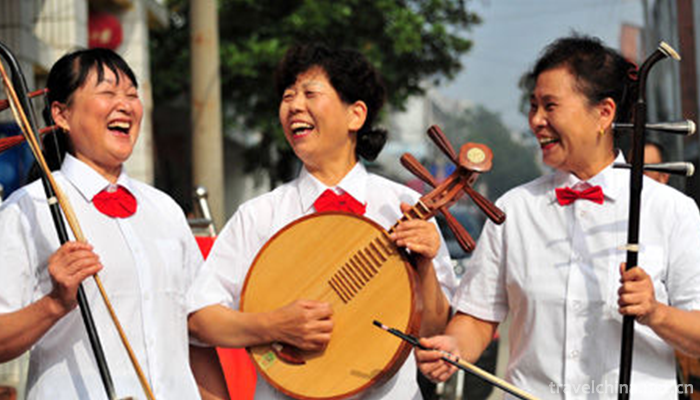
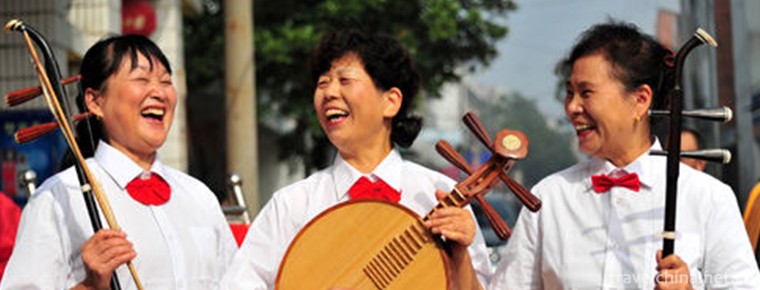
Silk Bamboo in Yichang
-
Raohe Street Night Market
Raohe Street Night Market is located in Raohe Street
Views: 523 Time 2018-10-12 -
KulangsuGulangyu Islet
Gulangyu, formerly known as "Yuanshazhou", alias "Yuanzhouzi", was appointed "Wulongyu" in the Southern Song Dynasty and renamed
Views: 163 Time 2018-11-11 -
Xingwen sea
Xingwenshihai is located in Xingwen County, Yibin City, Sichuan Province. It is located in the transition zone between Sichuan Basin and Yunnan-Guizhou Plateau. Its total area is about 156 square kilo
Views: 268 Time 2018-12-24 -
Drifting in Baotianbang Canyon
Baotianbang Canyon Drifting Scenic Area is located in Neixiang County, Nanyang City, Henan Province, which is an excellent tourist city in China. Baotianman is the only World Biosphere Reserve in Hena
Views: 187 Time 2019-01-02 -
Manting Park
Manyin Park is located in the southeast of Jinghong City, the capital of Xishuangbanna Dai Autonomous Prefecture. It is about 2 kilometers away from the urban area.
Views: 195 Time 2019-02-07 -
Song of Sichuan river
Chuanjiang chant is a kind of traditional folk singing form that the shipworkers in Chuanjiang valley of Sichuan and Chongqing area lead the singing by the trumpeters for unified movement and rhythm
Views: 176 Time 2019-04-19 -
martial art of emei
Emei Wushu is one of the traditional Chinese Wushu schools, and its birthplace is Emei, a famous mountain in China. Including the worldwide spread of "Five Flowers"
Views: 139 Time 2019-04-28 -
Kazakhstan Jing nationality Ha festival
Kazakhstan Festival, also known as "Singing Kazakhstan Festival", the so-called "Kazakhstan" or "Singing Kazakhstan" means singing. It is a traditional festival of the Ji
Views: 136 Time 2019-05-07 -
Pingyao Shage Player
Pingyao Shage Opera, commonly known as Shage Renren, also referred to as Shage, is one of the traditional handicraft techniques in Pingyao, Shanxi Province. Because it was usually placed in the cabine
Views: 246 Time 2019-06-09 -
Nightlight Cup Carving
The manufacture of luminous cup needs 28 complicated processes. First of all, we need to select the material, then make the blank according to a certain size to form the preliminary noctilucent cup. F
Views: 139 Time 2019-07-11 -
Cognitive Method of Life and Disease in Traditional Chinese Medicine
Cognitive method of life and disease of traditional Chinese medicine, one of traditional Chinese medicine, is declared by the Chinese Academy of Traditional Chinese Medicine and one of the national in
Views: 184 Time 2019-08-03 -
Deyang science and technology
In 2018, Deyang City won 141 provincial projects, including 108 provincial science and technology plan projects and 33 Provincial Intellectual property projects. There are 32 provincial patent implementation projects. 184 high-tech enterprises. A total of
Views: 164 Time 2020-12-14
